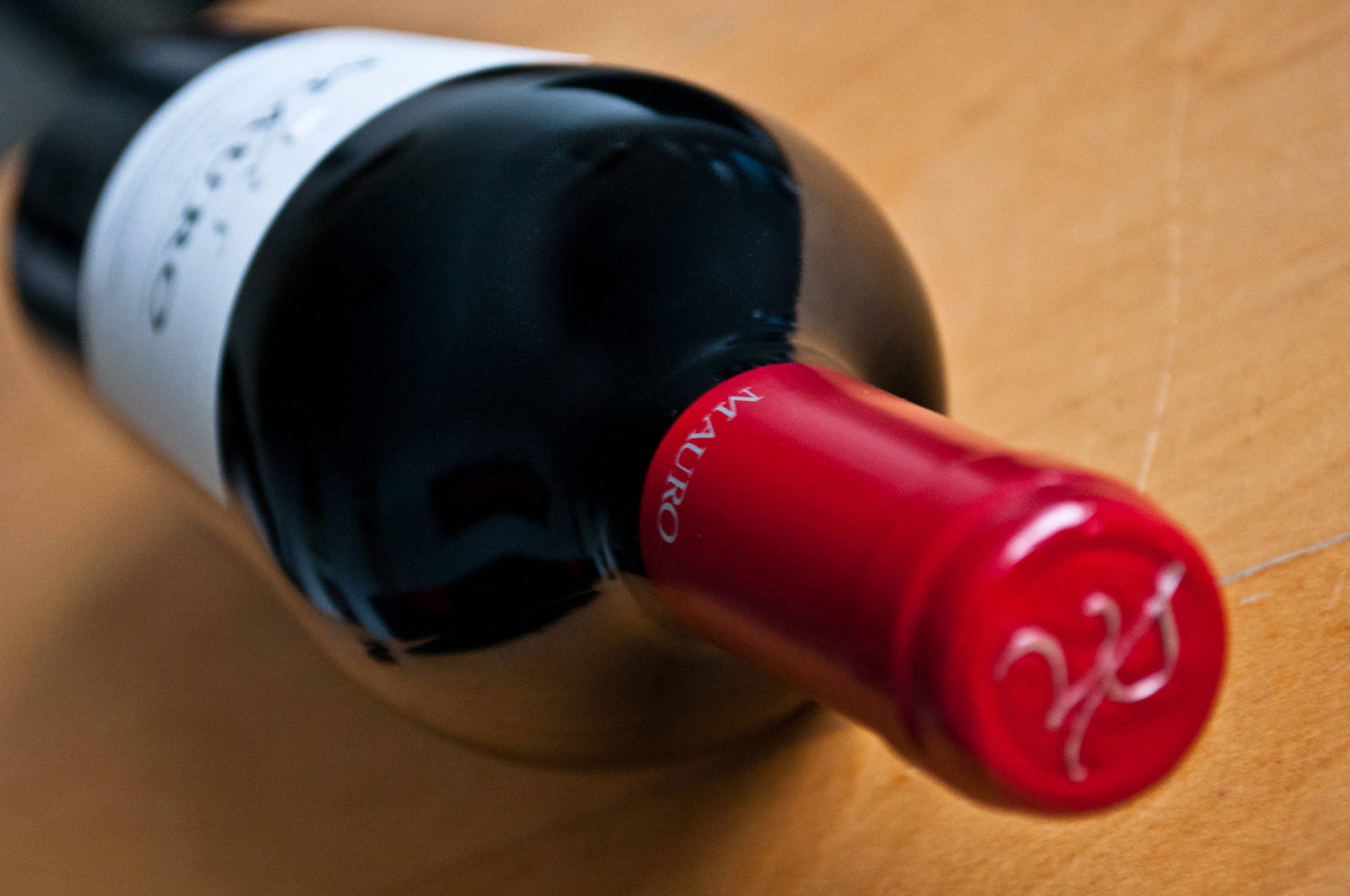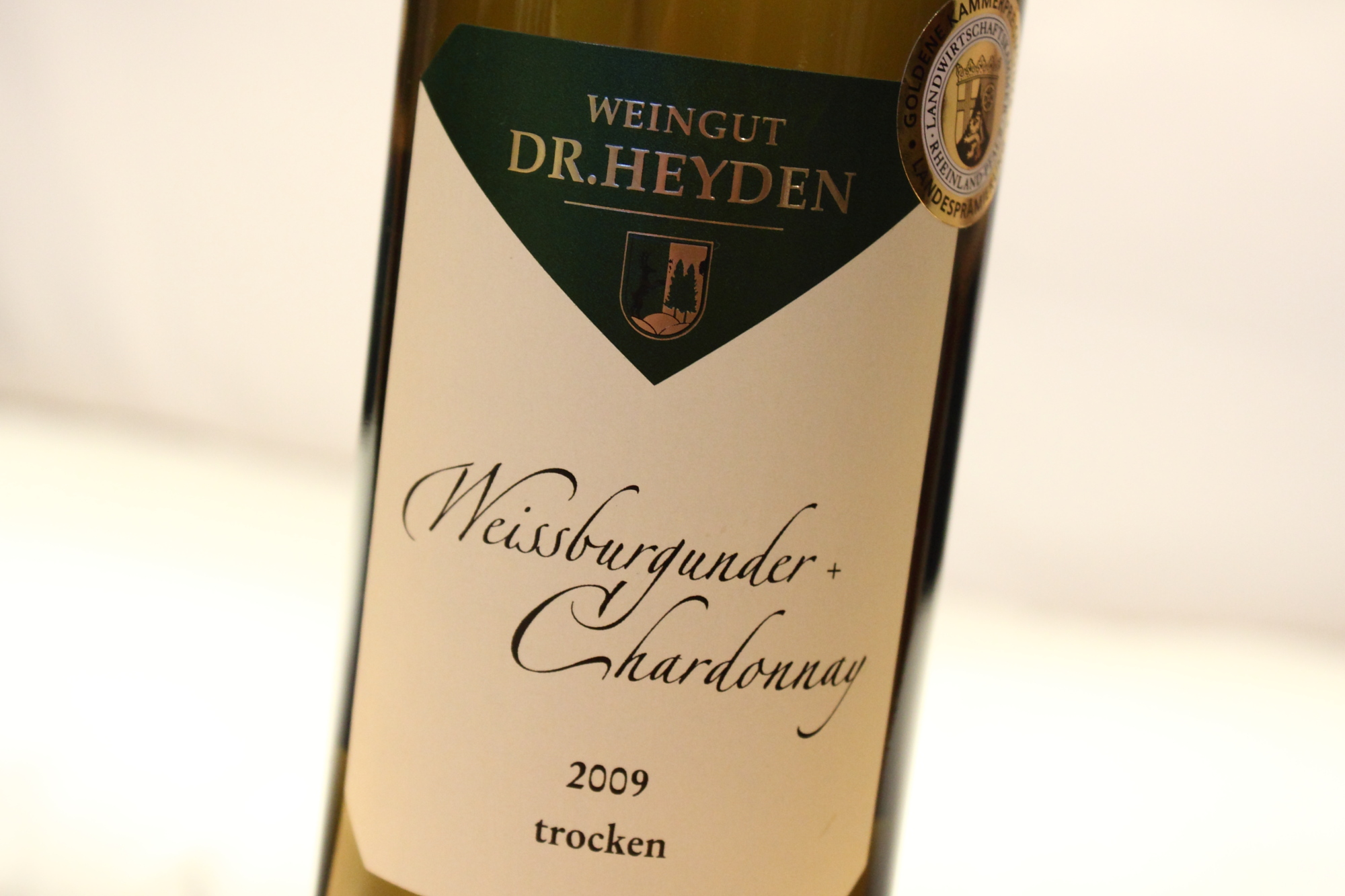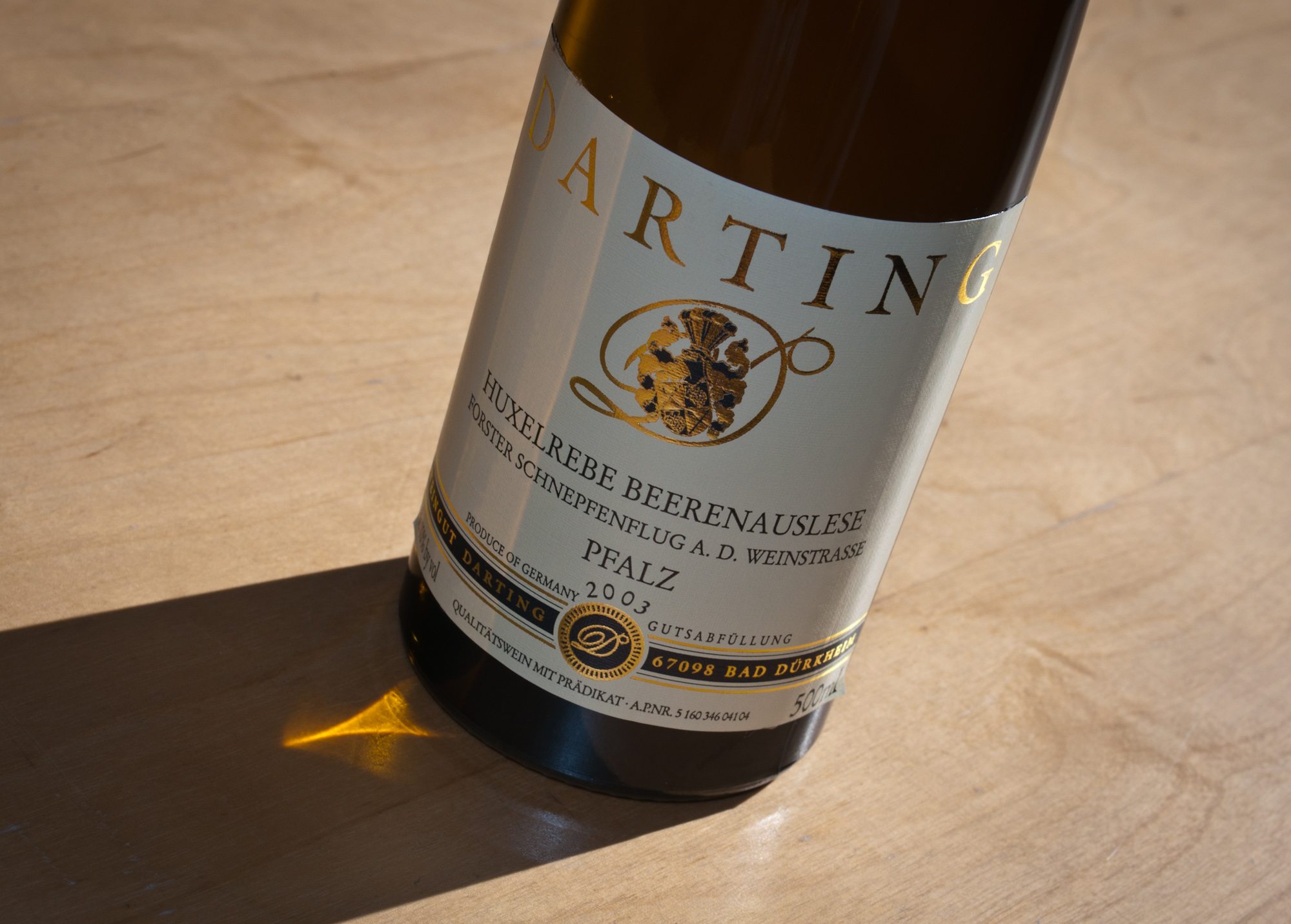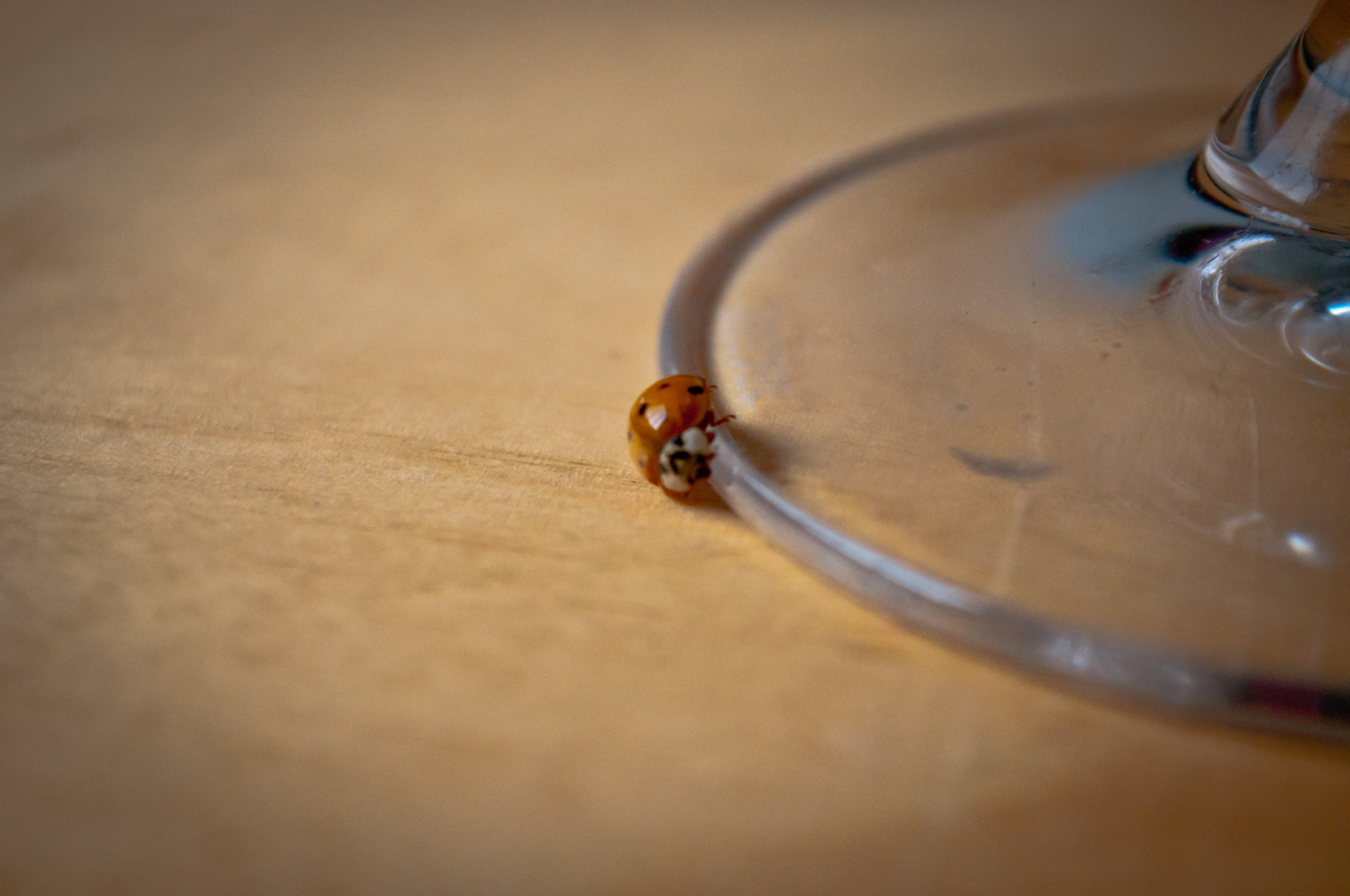Dallmayr, Munich's traditional upscale delicatessen store, traditionally advertises the glories of its fine wine department by hosting a springtime tasting where a few select german and austrian wine growers and makers present the upcoming vintage in person. For some years now, they have given this event the ringingly neo-liberal and upper-middle classy title Winzerelite (elite of the wine growers). I'm itching to, and maybe some day will, write a whole separate posting on the sociology of what is right and what is deeply wrong with this name. But leaving that aside for the moment, I can't deny they always choose characterful venues to hold it in.

Before reviewing what the elite had brought to Munich, the few of them that we focussed on, I cannot spare you a few extra words on this year's location, the Bavarian State Library, as it is very special indeed, not least to myself.












